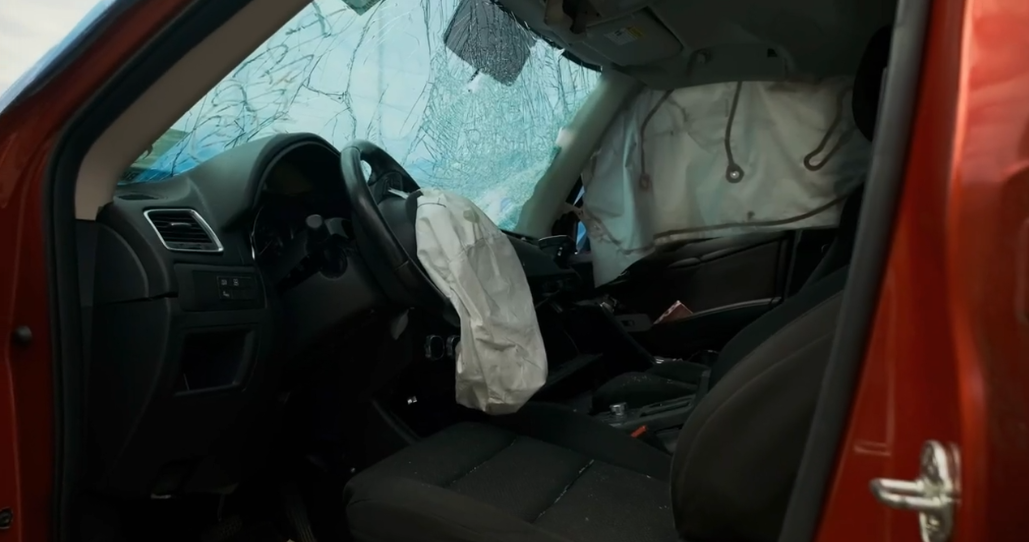There is a Better Way than K&A!

Using the technology of Near-Miss analysis for project prioritization and success analysis.
Making our roads safer takes research, development, and implementation. The greatest challenge to effective implementation is often project prioritization. The traditional factors in prioritizing projects include concerns of politics, finance, and traffic volumes. But what moves a project up the priority scale the fastest is what we call K and A crashes. These codes are used to identify crashes with deaths and serious injuries. Reasonably so, projects which have the most K and A’s most often get prioritized ahead of others.
This approach to prioritization makes sense but is far more reactive than proactive. There is some truth in the sentiment, “Nothing is done until somebody dies.” Is there a better method of prioritization? Can we identify road safety hazards prior to the loss of life? After all, there are many signs of danger often far before the catastrophic crash. There must be a better way, than K and A!

The answer can be found in the detection and reporting of near-miss events. The NHTSA reports that the average driver in the United States will be involved in three to four crashes in his or her lifetime. But how many near-misses will that same driver experience or witness in his or her lifetime? For example, have you ever turned in a partially obstructed intersection and been startled by a pedestrian crossing in front of you? Or nearly run right through an inconspicuous rural four-way stop? Or watched anxiously as a car drifts into a bicycle lane nearly hitting the cyclist? There are likely hundreds of near-miss scenarios which you have personally witnessed. For every single crash, you have been in, you may have witnessed as many as dozens of these near misses. These near-miss events are often clear indicators of a road safety hazard.
My point here is that there is a better way than K and A. If we can capture and report this near-miss event data, we do not need to wait for someone to die or be seriously injured before we improve the road’s safety.
The problem is that until now near-miss event data was unattainable. We could only go by records and reports of incidences that had already occurred. Even that data is hard to obtain and often outdated as it must be compiled from a plethora of agencies and organizations.

But with the advancement of artificial intelligence and machine learning 3d video technologies, this can change. It seems that a UK tech company Vivacity has now developed the ability to use 3d video monitoring and recording to analyze, identify, categorize, and report near-miss events instantaneously. And do it for a cost far less than you think possible.
Using data from systems like this will help us to identify road safety hazards before they injure or take a life. Giving us the ability to better prioritize our projects and effectively reduce crashes and the resulting K and A’s.
 If you are interested in knowing more about this new innovation come to join me as I co-host an upcoming webinar with Vivacity that introduces this innovative technology.
If you are interested in knowing more about this new innovation come to join me as I co-host an upcoming webinar with Vivacity that introduces this innovative technology.Register Here.


